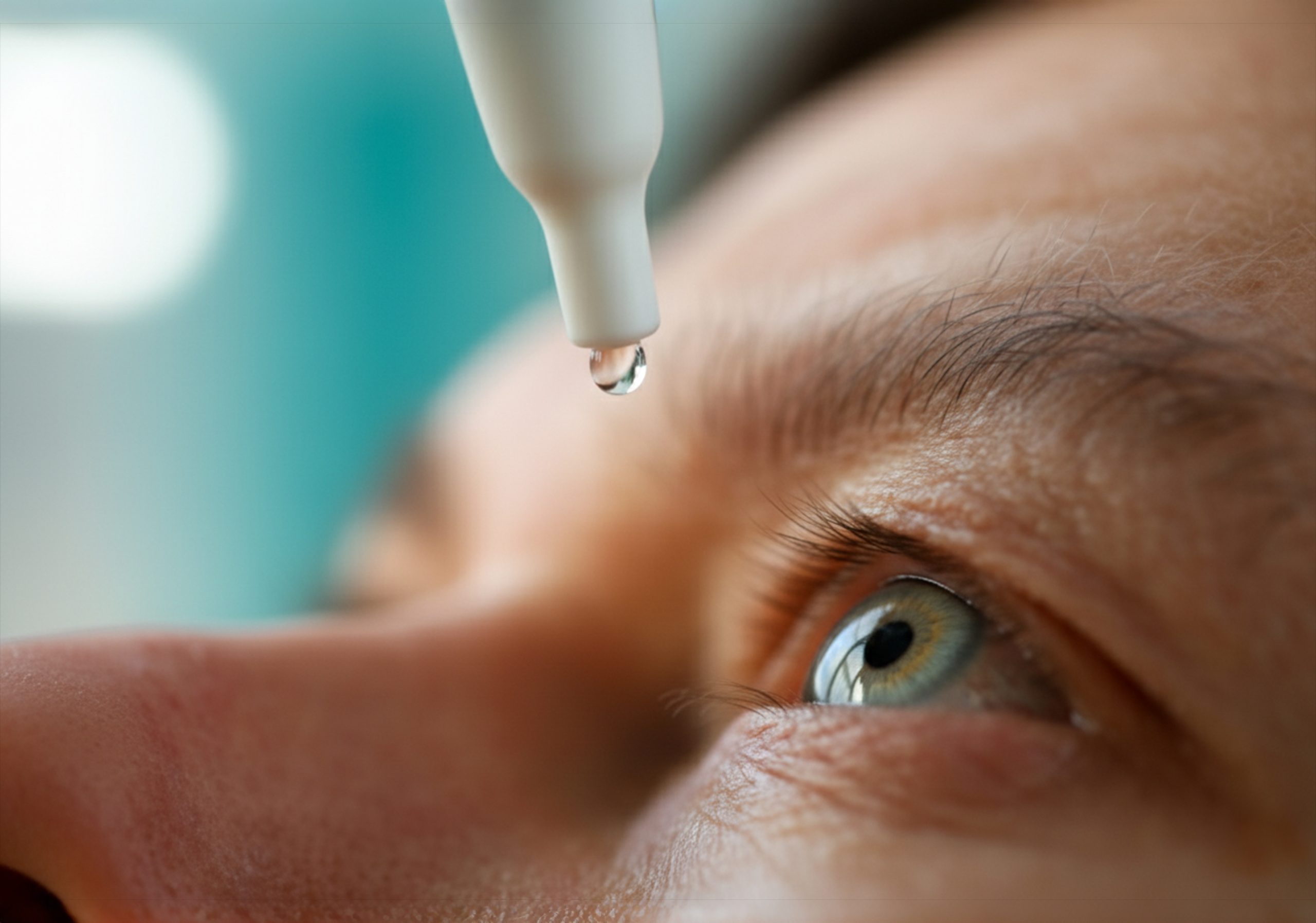Glaucoma is one of the most serious eye conditions worldwide, often leading to irreversible blindness if not detected early. While many people associate glaucoma with high eye pressure, the underlying causes of glaucoma are more complex — involving genetic, medical, and environmental factors.
In this comprehensive guide, we’ll break down the primary causes of glaucoma, major risk factors, and the specific causes of primary open-angle glaucoma (POAG), the most common type of the disease.
What is Glaucoma?
Glaucoma is a group of eye diseases that damage the optic nerve — the critical link between your eyes and brain. This damage is usually caused by increased intraocular pressure (IOP), though glaucoma can also develop with normal eye pressure.
Over time, this pressure weakens and destroys the optic nerve fibers responsible for vision. Without timely diagnosis and treatment, the condition can lead to gradual and permanent vision loss.
There are two major types of glaucoma:
- Primary Open-Angle Glaucoma (POAG): The most common form, which develops slowly over time.
- Angle-Closure Glaucoma: A sudden and severe form requiring immediate medical attention.
Glaucoma Causes
The causes of glaucoma vary depending on the type, but in most cases, the disease develops due to increased eye pressure caused by fluid imbalance.
Increased Intraocular Pressure (IOP)
The eye constantly produces a fluid called aqueous humor, which nourishes the front of the eye and maintains its shape. This fluid normally drains through a tissue structure known as the trabecular meshwork, located at the angle where the iris and cornea meet.
If this drainage system becomes less efficient or blocked, fluid builds up inside the eye. The result? Increased pressure that gradually damages the optic nerve.
Blocked or Narrow Drainage Channels
Sometimes, the problem lies in the drainage angle itself. In angle-closure glaucoma, the iris blocks the drainage channels, causing a sudden rise in eye pressure. This type of glaucoma develops rapidly and can cause severe pain and vision loss if not treated immediately.
Optic Nerve Sensitivity
Not everyone with high eye pressure develops glaucoma. Some individuals have sensitive optic nerves that are more prone to damage even at normal pressure levels — a condition known as normal-tension glaucoma.
Risk Factors for Glaucoma
While glaucoma can affect anyone, certain people are more likely to develop it due to age, genetics, ethnicity, and health conditions. Understanding these risk factors can help with early detection and prevention.
1. Age
Glaucoma risk increases significantly with age. People over 60 — especially those with a family history — are at higher risk.
2. Family History
Genetics play a strong role. If you have a parent or sibling with glaucoma, your chances of developing the condition are up to nine times higher.
3. Ethnicity
- African and Caribbean heritage: Higher risk and often earlier onset.
- Asian descent: Increased likelihood of angle-closure glaucoma.
- Hispanic populations: Greater risk of developing open-angle glaucoma after age 60.
4. Medical Conditions
Certain systemic health issues can raise glaucoma risk, including:
- Diabetes
- High blood pressure
- Heart disease
- Sickle cell anemia
These conditions can impair blood flow to the optic nerve or increase intraocular pressure.
5. Eye Injuries and Medications
Previous eye trauma, inflammation, or prolonged use of steroid medications (especially eye drops) can elevate the risk of glaucoma by increasing eye pressure or damaging the drainage system.
Primary Open-Angle Glaucoma Causes
Primary Open-Angle Glaucoma (POAG) is the most common form of glaucoma, accounting for nearly 90% of cases. It develops slowly and painlessly, often without noticeable symptoms until significant vision loss occurs.
How It Develops
In POAG, the drainage canals in the trabecular meshwork become partially clogged over time. This blockage causes fluid buildup and gradual pressure increase within the eye. The elevated pressure damages the optic nerve, resulting in progressive vision loss that typically starts in the periphery (side vision).
Contributing Factors
- Genetic predisposition — family history of glaucoma
- Age-related changes in the drainage system
- Chronic elevated IOP
- Poor blood circulation to the optic nerve
Because POAG progresses silently, regular eye exams — including pressure checks and optic nerve imaging — are essential for early detection.
Frequently Asked Questions (FAQs)
In its early stages, glaucoma may not cause noticeable symptoms. As it progresses, you may experience tunnel vision, blurred vision, eye pain, or halos around lights.
While glaucoma can’t be completely prevented, regular eye exams, especially after age 40, can help detect it early and prevent vision loss.
There’s no cure, but treatment can slow or stop the disease’s progression. Early intervention through medication, laser therapy, or surgery can preserve remaining vision.
High blood pressure doesn’t directly cause glaucoma, but it can affect blood flow to the optic nerve, potentially worsening the condition.
Protect Your Vision: Consult the Specialists
Understanding the causes and risk factors of glaucoma is the critical first step toward protecting your vision. While glaucoma cannot always be prevented, early detection and proper management can preserve your sight and prevent irreversible damage.
If you fall into a higher-risk group—due to age, family history, or medical conditions—it is essential to take proactive steps.
Consult the expert Ophthalmologists and Eye Specialists at Burjeel Day Surgery Center, Al Ain.
Don’t wait for vision loss to begin. Book a comprehensive eye exam today to secure your future sight. Regular screening is your best defense against vision loss.



